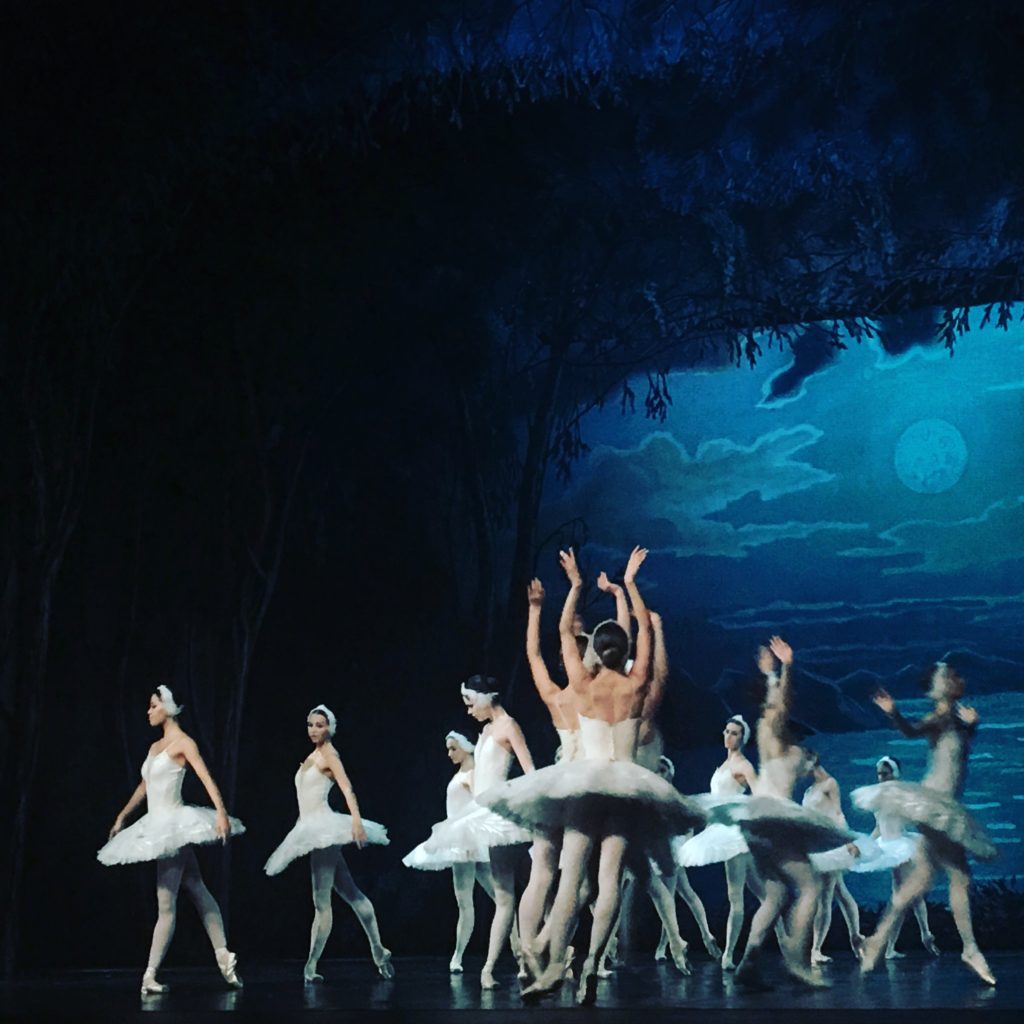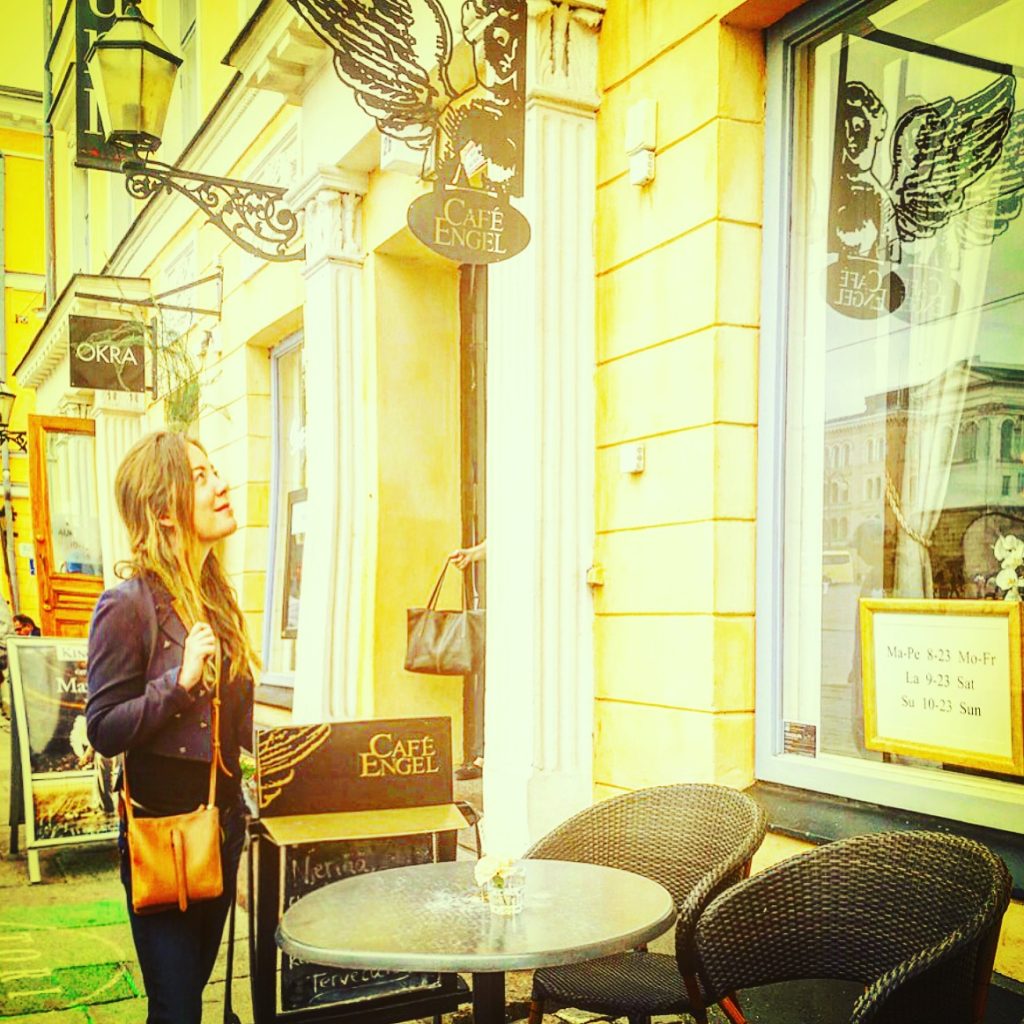7 Days in the Baltics Aboard the Seabourn Quest
They say that humans can judge attractiveness within the first seven seconds of meeting someone. I’m not sure if I believe that. But what I do believe is that it took me only seven seconds to realize The Seabourn Quest was going to be the most luxurious cruise I have ever stepped foot on. As a seasoned traveler, I have experienced luxury on the high seas. But Seabourn has taken it to another level.
I’ve never been a celebrity but certainly felt like one: “Welcome aboard Miss Balsinger. How was your stay in Stockholm? Please, let us carry your bags to your suite. And here is a glass of bubbly.” Well, if you insist. Then–and I may never say the following statement again in my life–I walked the red carpet onto the boat and my voyage began. I would soon learn that said red carpet would prove an integral part of my journey—continually being rolled out at each port of call, in theme of course. How does a red carpet make for a theme, you ask? Take our port of call in St. Petersburg, where the cruise director and friendly staff greeted returning guests in ushanka fur hats and White Russian cocktails.
So here I was, about to embark on an adventure of a lifetime—a seven day Baltic cruise beginning in Stockholm, with ports of call in Tallinn, Estonia; St. Petersburg, Russia; and Helsinki, Finland. But first, I headed to the pool deck to drink champagne and celebrate with my fellow pampered guests.
Completed in 2011, The Seabourn Quest is the last of the three Seabourn Odyssey-class “yachts” to be created, an investment of $750 million to the company. Competition for Seabourn’s six fleet lineup in this luxury market include Silversea Cruises and Regent Seven Seas Cruises. The Quest is an astonishingly similar ship to it’s sister, The Seabourn Sojourn, completed in 2010. Like its sister, The Quest boasts a sleek and minimalist design—yet, it also incorporates classic elements such as grandfather clocks and intricate marble staircases. It’s one of those cruises that can seamlessly pull off leather and gauze, lace and cotton. (Another similarity of The Quest and The Sojourn? They share the same sumptuous dinner menu!)
The ship is intimate without feeling as though you are getting deeply involved in the business of others. However, it didn’t take long until I felt as though I knew that Marge Baker of New York spent every morning enjoying coffee on the veranda with her husband. That Mr. Bates has sailed onboard Seabourn vessels 29 times within the last 15 years and has no plans of stopping anytime soon. This is not unusual—Seabourn has a reputation in the business for engendering loyalty with passengers.
While the ship surely may seem geared to an elite and 50-plus crowd, I did meet a fair share of families with younger children, excited to cruise for the time together and experience the living history in port. Guests were a mix of American, British, German, Swiss and Australian.
The personalization and attention to detail aboard the ship was apparent everywhere we went. I filled out a request form prior to the journey, which was conveniently mailed to my apartment. Guests can submit requests down to which liquor they prefer in the billiards room, which wine they would like with their dinners, how soft they want their pillows in the evening.
While the ship boasts seven dining options, guests tend to spend at least one meal wearing their loveliest formal dresses and bowties in the formal dining room. The menu offerings are expansive and sensationally mouth-watering—beef tataki, terrine, marinated rare salmon tartare, grilled rib-eye steak.
The Colonnade (buffet by day, alfresco a la carte by night) was a favorite of mine, as I could sample delicacies in a more casual atmosphere. The heated patio of The Colonnade was one of my favorite areas of the ship to eat lunch—as the dining view was the entire bow and open ocean. (P.S. Cocktail in hand, this is the go-to spot on the ship to witness the mosaic of colors of an evening sunset. Not to be missed!)
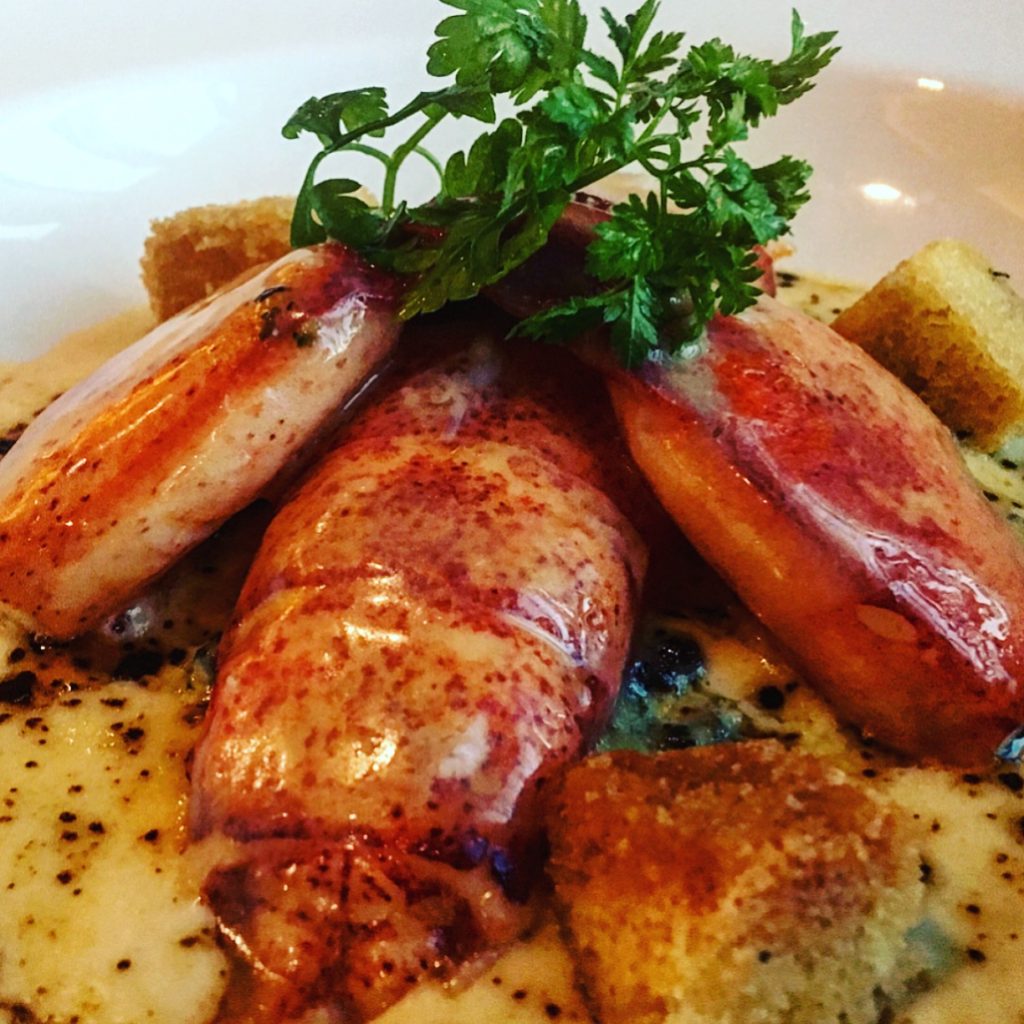 A dish by renowned Michelin chef Thomas Keller.
A dish by renowned Michelin chef Thomas Keller.
And new and noteworthy? Renowned seven-star Michelin chef Thomas Keller (Per Se, French Laundry & Bouchon) has opened a new signature restaurant exclusively aboard The Quest, aptly named The Grill. The restaurant dazzles taste buds with spins on classic American dishes. The ambiance evokes a 1920’s American train car, stretched thin and with slightly foreboding lighting. The knowledgeable sommelier has wine suggestions to pair with each dish.
“There is really no chef more accomplished or held in higher esteem than Chef Keller, and we are both honored and delighted to have a restaurateur of his stature take our onboard culinary offerings to an even higher level,” said Seabourn President Richard Meadows in a recent Seabourn press release. “His culinary talent and sophisticated cuisine are beyond compare and the perfect match for our guests. We have no doubt our guests will be as excited as we are to taste and enjoy Chef Keller’s dishes on our ships.”
Normally I am not one to advocate room service. After all, half the fun of going out to eat is enjoying the ambiance, people watching and getting that occasional whiff of the smoked meat the table next to you ordered. But room service on Seabourn Quest is different. In less than half an hour, an attendant will arrive complete with a crisp, white linen tablecloth and place settings. Perfect for those times when more intimacy may be desired.
Yes, the ship in itself was out of this world. I could have woken up each morning in my plush white bathroom, worked out with the personal trainer in a Pilates or yoga class, and enjoyed a muffin and specialty made iced coffee in Seabourn Square, the a unique open area that serves as a combination library, reception, Internet cafe and patisserie. But the real sell on The Seabourn Quest’s Baltic Cruise, like most cruises, were the destinations and ports we explored. Because they were offbeat. Because they aren’t on just any cruise itinerary. Because we never knew what to expect when the ship docked into a port each morning. Except that it would be an adventure.
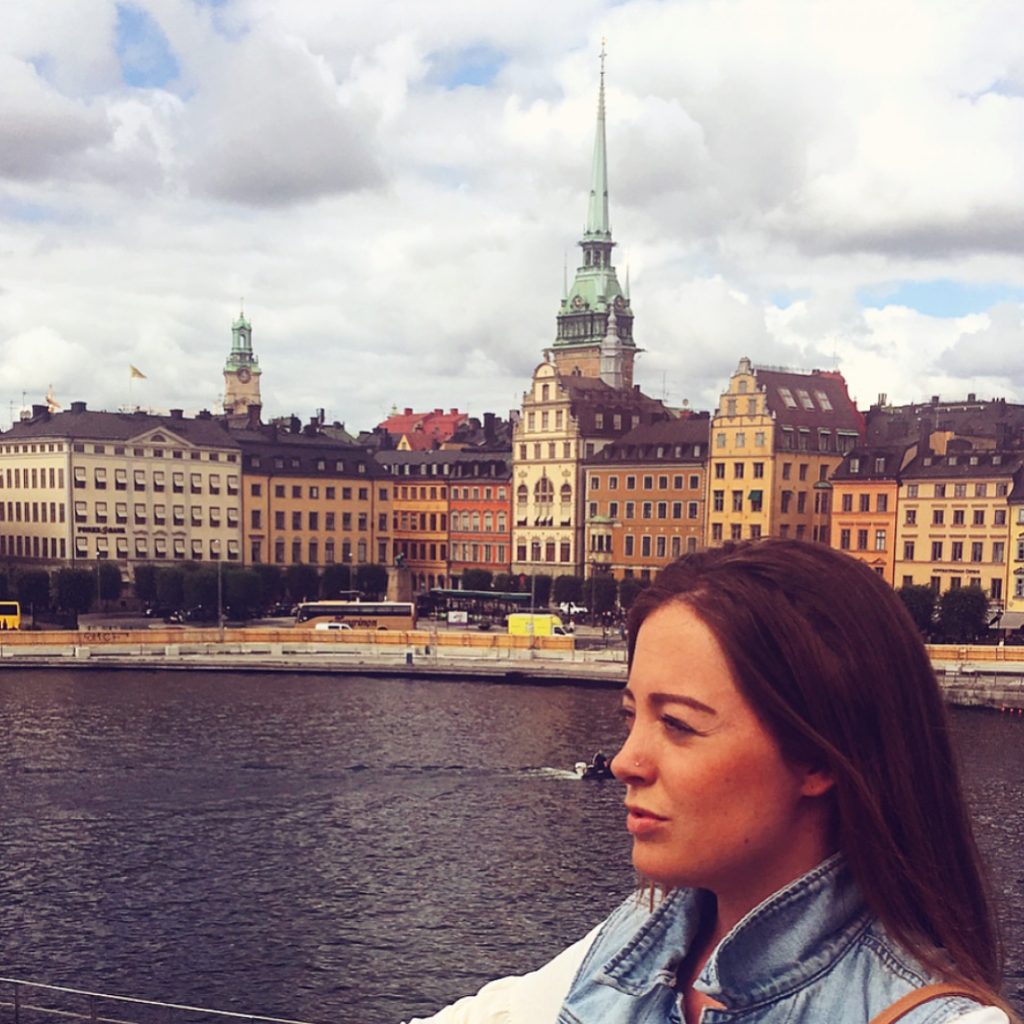 Olivia with Stockholm in the background.
Olivia with Stockholm in the background.
Stockholm, Sweden
Seabourn Quest’s journey begins in a picturesque port in Stockholm, walkable or an easy cab ride to the city center. Stockholm is one of those places that feels familiar—if only because it is reminiscent of a storybook or fairytale you dreamed about growing up. Myself, like the majority of guests aboard our journey, arrived a few days early in Stockholm, ready and eager to do a bit of exploring and witness the enchanting architecture. I recommend buying the Stockholm Pass, which grants free or discounted entrance to a range of the cities museums and boat tours. (Just beware—if you go to The Abba Museum, you will be humming “Mama Mia!” for about six days straight.)
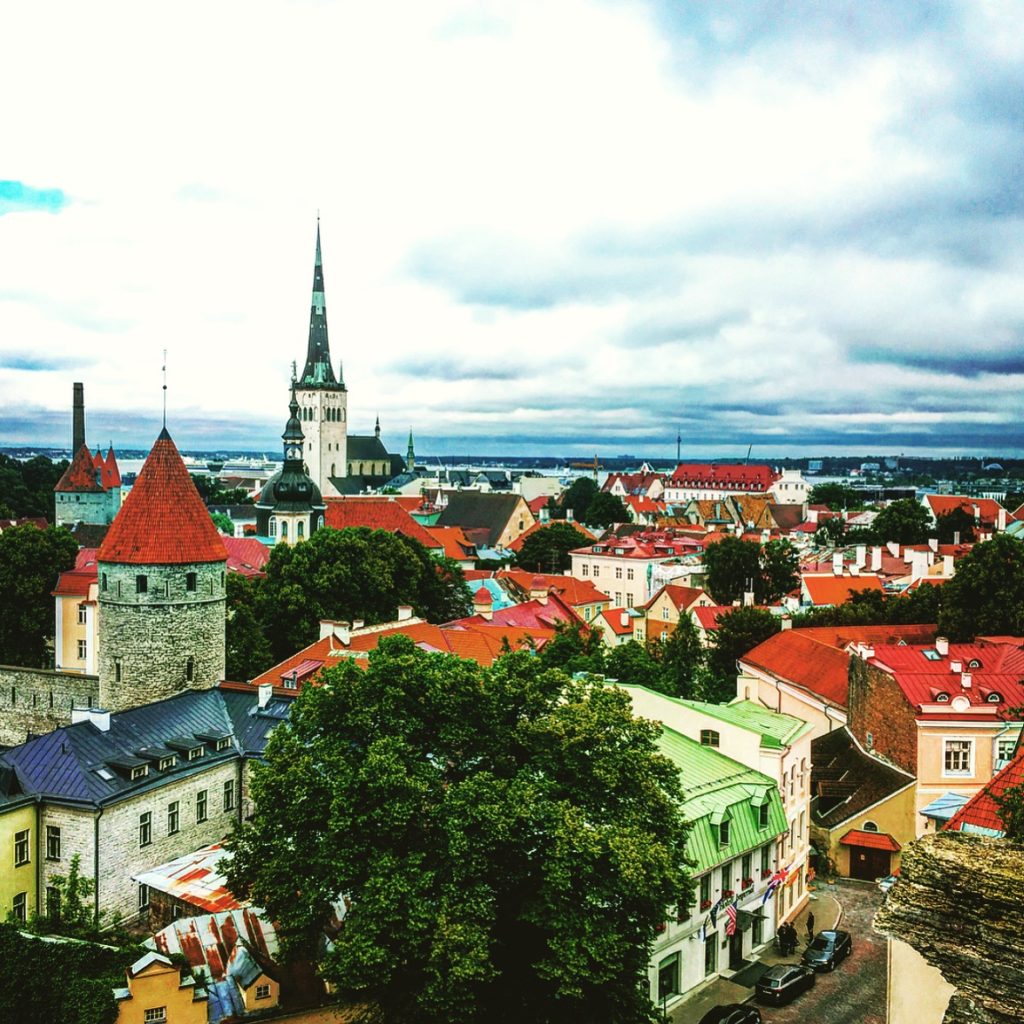 A view of the red roofs of Tallinn.
A view of the red roofs of Tallinn.
Tallinn, Estonia
Tallinn is one of those cities that may be overlooked on a first, second or even third itinerary through Europe for most Western travelers, which is exactly what makes it so special. The Seabourn Quest will port in the modern day city, which offers passengers the opportunity to experience the dichotomy of old and the new. The 15-minute walk into town from port to the Old Town Center is a unique journey and seamless synthesis . Or, if you prefer, Seabourn will provide transfers into the Old Town via bus.
Tallinn is often regarded by experts as the best preserved medieval city in Northern Europe, largely unaffected by the travesties and bombing of World War II and is listed as a UNSECO World Heritage Site. A Gothic spire reins over the city landscape and two story building dating back to the middle ages. While I spent my day getting lost in the maze of cobblestone streets and people watching, travelers who appreciate a bit more structure can enjoy restaurants, bars, galleries, museums and the Russian Orthodox Cathedral, one of the last obvious remnant of The Soviet Era, which is not allowed to shut its doors on visitors.
Tallinn is one the most mythical cities I have ever explored—and that’s coming from someone who always goes for the “off the beaten path” suggestions. The city was founded in 1248 (even though evidence of ancient human settlements date back to 3000 BC) and sits on the Bay of Finland, a strategic Baltic location that made it a major trade and transportation hub. And fun fact: Tallinn has been dubbed the Silicon Valley of Europe, because it has the highest number of startups per person in Europe and is the birthplace to many international companies such as Skype. And it has been listed as one of the Top 10 Digital Cities in the World. For its quirks, its history, its striking beauty, I was grateful Seabourn allowed me to experience a city I may never have on my own.
St. Petersburg, Russia
The three days and nights that the Quest ports in St. Petersburg are a trip highlight. Russia has always fascinated me—it seemed like one of those non-tangible countries to visit, especially for Americans. Its history impacting such a volume of world events, and Seabourn’s excursions brought this history to life.
My first guided tour was of the cathedrals of St. Petersburg, overarching architecture of Baroque and Neoclassical styles, as well as history of the city. I stood in awe under The Church of the Spilled Blood, with its traditional Russian onion domes and 23,000 square feet of intricate mosaics inside. We had e a gifted and knowledgeable guide to explain the intricacies and mystery of this edifice. You will gain a whole new perspective about history as it emanates from the very walls that surround you.
 Outside St. Catherine’s Palace.
Outside St. Catherine’s Palace.
That evening, I got dolled up in my finest dress and pearls for an experience like no other. Seabourn guests were granted exclusive private access to St. Catherine’s Palace at Pushkin, not usually open to the public after hours. We were given a guided tour of the Palace, including the world-famous Amber Room—famous for its Czar and World War II history—and thought to be an 8th Wonder of the World. Afterwards, we were treated to a champagne reception in the Throne Room, where we listened to a variety of songs played by a talented string orchestra. To say it was magical would be an understatement.
Another highlight was the “Peterhof Palace, Fountains & Park” tour—Peterhof was the stunning summer home of Peter the Great, built to rival the Palace of Versailles. Sitting on the Bay of Finland, the Palace captures the extreme gluttony of the Czar period. My personal favorite was frolicking though the palace’s expansive gardens and hearing the history of the palace’s Nazi Occupation during World War II.
As hard as it is to believe, I had never seen Swan Lake, not even one of those 5th grade ballet recital versions. That is why when my first production of Tchaikovsky’s wonder was in the second row of the The Alexandrinsky Theatre, in the mecca of ballet, was a life highlight. The grace in movement of each dancer onstage, the harps and violins in harmony—all of the senses were mesmerized. I don’t think I blinked once during the entire performance.
It is also possible to hire an independent, licensed Russian guide and driver for shore excursions. Doing this will require a visa, but allows guests to create their own itinerary. Otherwise, the only way Americans, along with most all other nationalities, can get off the boat is through a scheduled Seabourn activity.
Helsinki, Finland
The final stop aboard the 7-day Baltic cruise is Helsinki, the capital and largest city in Finland. This stop particularly ties the trip together nicely, as Helsinki has close historical connections with Stockholm, Estonia and St. Petersburg. Helsinki is the northernmost capital of the European Union, and the weather is reflective of this. (Brrrr, pack warmly!) Helsinki is Finland’s major political, educational, financial, cultural, and research center as well as one of northern Europe’s major cities. In 2011, the Monocle magazine ranked Helsinki the most livable city in the world in its “Livable Cities Index 2011.” In 2009, Helsinki was chosen to be the World Design Capital for 2012 by the International Council of Societies of Industrial Design.
So what do Seabourn guests do when arriving in this eclectic metropolis? Getting into town is particularly easy—from even the towns center the masts of the ship remain visible! It’s not a city I would recommend you have your list of things to see and “check off.” It is all about the quirky vibes, chatting with a local in the coffee shops on the main square and enjoying the sea breezes while savoring a herring sandwich on the pier. One of my favorite finds while wandering the streets of the town was the “Kamppi Chapel,” also known as “The Chapel of Silence.” Open 24/7 in the center of the bustling city (okay, bustling for Finnish standards) stands a two story cylindrical wooden temple. You may at first mistake it as a church or even a site undergoing construction. But once you enter, you will be graced by this overwhelming sense of tranquility and peace. It is where you go to leave stress behind, to sit on its wooden benches and breathe. A free, judgment-free mental health counselor is on hand as well to just…well…listen.
With all my travels, often trips will all blend together just weeks after returning home. My seven-day trip through the Baltics on The Seabourn Quest proved different. Yes, it encompassed all the luxurious components I would expect of a top-of-the-line vessel. But it also brought personalized service and ports whose history and impact on the world rivals all others.

